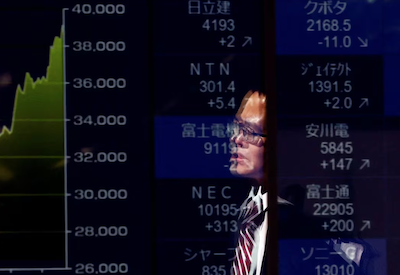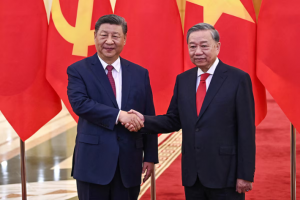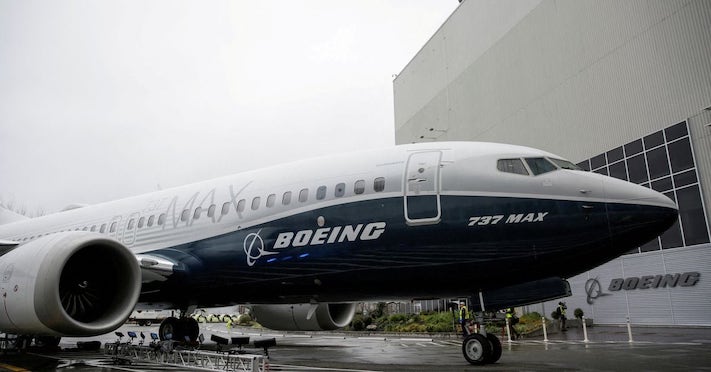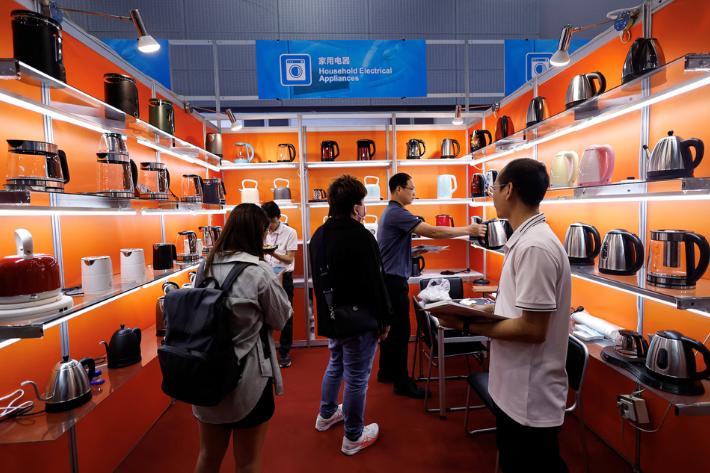Foreign investment in Asian equities slackened off last month with investors discouraged by the technology selloff and gloomy economic outlook.
Fears of a second Trump presidency also sparked concerns that a new US administration might impose fresh tariffs on exports from the region, similar to measures taken during his previous term.
According to LSEG data, foreigners bought just $459 million worth of regional equities in July, down from $7.16 billion of inflows in the previous month.
“Global investors tend to reduce their emerging market portfolios during times of stress,” said Jason Lui, the head of equity and derivative strategy for Asia Pacific at BNP Paribas.
“The recent headwind on AI/semiconductor stocks globally may also dampen the risk appetite on Korea and Taiwan equities in the near-term.”
Also on AF: Bill Gates Backs Effort to Boost Credibility of Carbon Removal
Taiwan stocks, previously bolstered by a global artificial intelligence (AI)-driven rally, saw their largest capital outflows in 10 months, totalling $4.74 billion, amid a selloff in global tech shares.
South Korean equities attracted $1.2 billion in inflows last month but faced $962 million in outflows during the first four trading days of this month, as concerns over a potential US recession weighed on investor sentiment.
“Worries about growth in the US are a negative for export-orientated markets like Japan, Taiwan and Korea but relatively positive for domestically-oriented markets such as India, Indonesia and mainland China,” said Prerna Garg, an equity strategist at HSBC.
Meanwhile, Indian equities attracted substantial attention, garnering a massive $3.87 billion in inflows last month.
“India remains a story of economic strength, with PMI data reflecting broad-based growth in both the manufacturing and services sector,” said Yeap Jun Rong, a market strategist at IG.
Malcolm Dorson, a portfolio manager at Global X ETFs, said: “India is not only outperforming on the upside but the past few days has shown its ability to show less downside through volatility as well.”
India’s benchmark Nifty index rose 3.92% in the last month, compared with MSCI Asia Pacific’s 1.72% gains.
Meanwhile, Vietnam and Thai stocks witnessed $328 million and $42 million worth of outflows while the Philippines received $68 million in inflows.
Reuters with additional editing by Sean O’Meara
Read more:
Outflows Pressure Sees Chinese Yuan Slip to Seven Month Lows
Massive Inflows Into Taiwan ETFs Spark Volatility Concerns
Asian Markets Lose $2.5 Billion as Outflows Continue in April
China ETFs Rake in Highest Ever Annual Inflows
China Stocks See Highest Foreign Outflows of 2023 in December
Asia Equities Boost as Foreign Inflows Hit Three-Month Peak
























